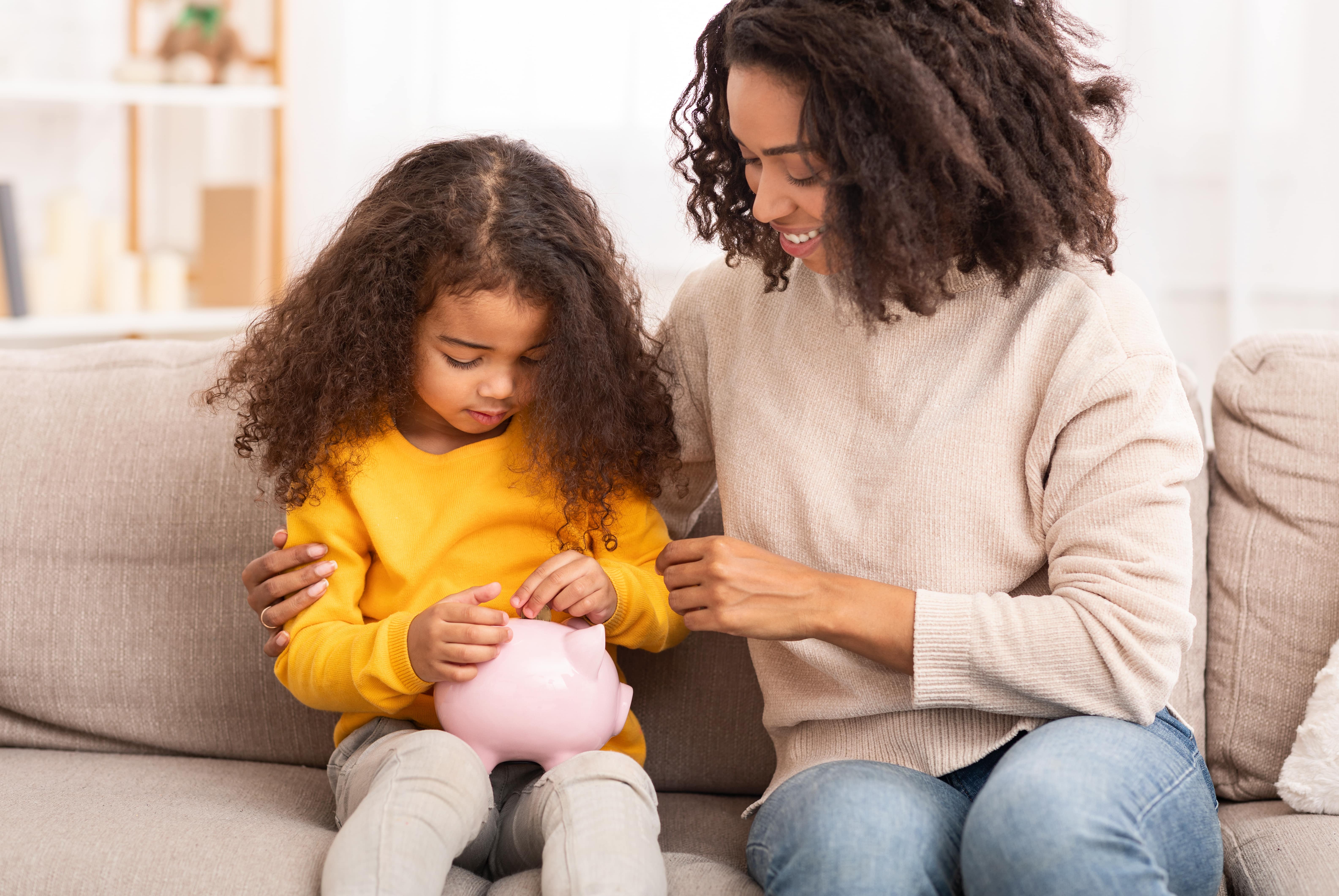How Financial Literacy for Underprivileged Communities Can Reduce the Wealth Gap and Improve Financial Security

Many people experience financial instability and debt problems due to avoidable mistakes. Studies consistently identify statistically significant differences between some socioeconomic groups and ethnic groups in their average long-term financial stability, ability to make ends meet and their average financial literacy.
What Is an Unbanked Household?
An unbanked household is one in which no member has any accounts at a credit union or bank. In 2019, 5.4 percent of the nation’s households were unbanked, which equates to roughly 7.1 million households.
The most recent peak of unbanked households was in 2011, when 8.2 percent of all U.S. households didn’t have a checking or savings account.
Certain demographic or socio-economic groups had higher unbanked household rates:
- Lower-income households
- Less-educated households
- Black households
- Hispanic households
- American Indian or Alaska Native households
- Working-age disabled households
- Households with volatile income
Black households in particular have been making rapid progress, dropping from 18.5 percent unbanked in 2015 to 16.8 in 2017 and 13.8 in 2019. Progress was similar among Hispanic households, where the unbanked rate dropped from 16.3 percent in 2015 to 14.4 percent in 2017 and 12.2 percent in 2019.
Despite the improvement in unbanked rates, both Hispanic and Black households have higher unbanked rates than white households at 2.5 percent in 2019.
What Are the Consequences of Being Unbanked?
Households that don’t use banking services or traditional credit options often rely on check cashers, title loans, payday loans, rent-to-own services and prepaid cards instead of bank cards. Many of these non-bank financial tools offer significant disadvantages for people who use them.
One of the consequences of a lack of financial literacy is simply not knowing of alternative options or not understanding the extent to which services targeted at unbanked people are predatory.
For example, cashing your check in an OnPath FCU checking account is free, as are physical checks. There’s no monthly service charge for a checking account with full direct deposit or those with a $500 average daily balance. Even if you don’t meet those criteria, the fee is only $10 for those with $200 or less in their account or $8 a month for people with $200 to $499 in their account.
A check cashing business may charge anywhere from two percent to 10 percent to cash a check depending on the business and the type of check. Money order fees are lower, but they’re still not free.
Prepaid cards may seem like a good alternative to carrying cash or having a traditional debit card or credit card for unbanked households, but they too have many consumer-unfriendly features. You might be charged fees for everything from declined transactions and cash reloads to inactivity or balance inquiries. It can also hamper a person’s ability to build good credit, further reducing their financial options.
Not every person who uses check cashing, title loans or prepaid cards is unbanked. However, some unbanked people who use these services likely just aren’t aware of the free or low-cost alternative at a local credit union. Improved financial literacy can help reduce the number of unbanked who are missing out on the benefits of modern financial tools.
Unbanked individuals frequently live in areas that are underserved by financial institutions. Studies have shown proximity to bank branches still plays a significant role in bank usage rates, which is likely a factor in higher unbanked rates in underprivileged communities with fewer physical bank or credit union branch locations.
Financial Literacy Plays a Role in a Household’s Financial Stability
The 2018 National Financial Capability Study administered a short financial knowledge and decision-making quiz to respondents. These questions covered personal finances and economic topics. Examples of topics include how term length affects total interest payments or how compound interest works.
Questions regarding mortgages and interest rates had the highest correct answers at 73 and 72 percent respectively. The lowest percentage of correct answers were for compound interest and a bond price question, which only garnered 30 percent and 26 percent correct answers.
Only seven percent of all respondents were able to answer all six questions correctly. Forty-four percent were able to answer four of the six questions correctly.
There were strong correlations between good financial choices and financial literacy as measured by a respondent’s ability to answer the questions. Survey participants who scored higher were also more likely to be saving for retirement or have emergency funds. They were less likely to irresponsibly use credit cards, and they tended to have better financial well-being scores.
Do You Have Friends or Family in New Orleans Who Need Help With Financial Literacy?
Promoting financial literacy in New Orleans is a mission that’s close to our heart. That’s why our members have access to things like financial education seminars and credit counseling.
OnPath FCU offers free or low-cost alternatives to check cashing, prepaid cards, title loans and money orders. Become a member today and discover why so many Louisiana residents choose OnPath Federal Credit Union. Call us at 800.749.6193 for more information.